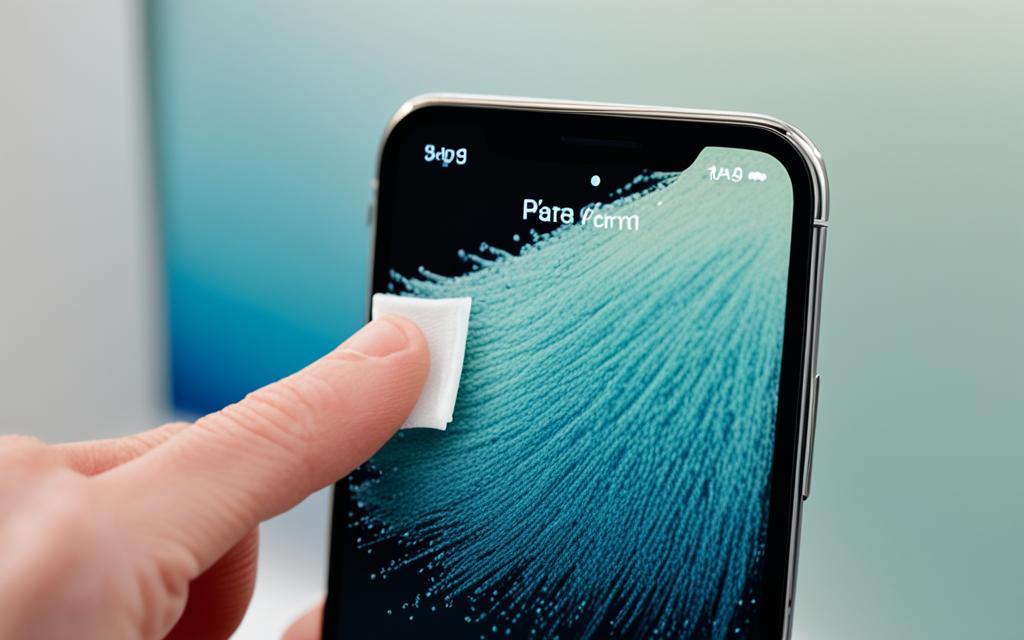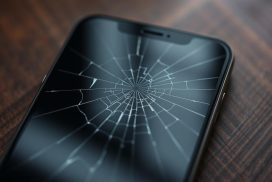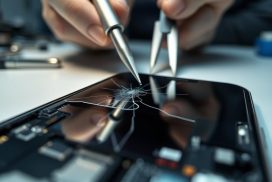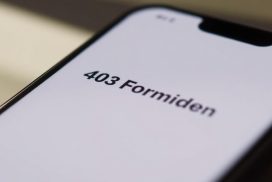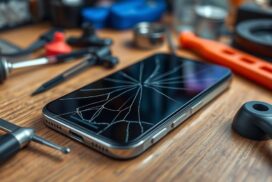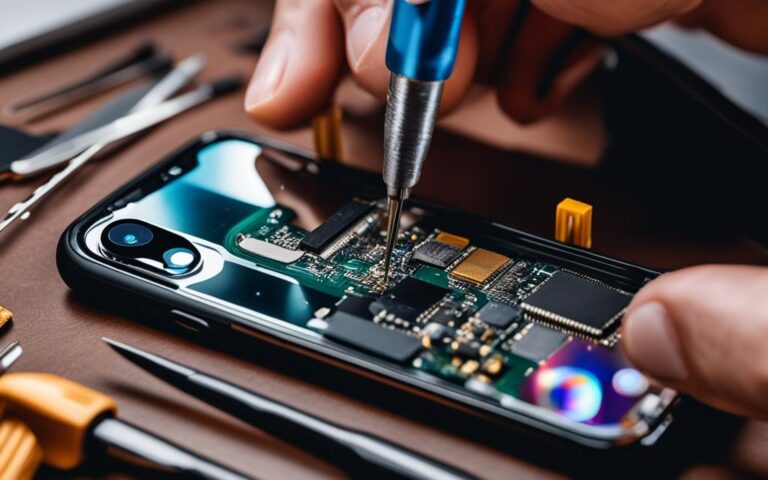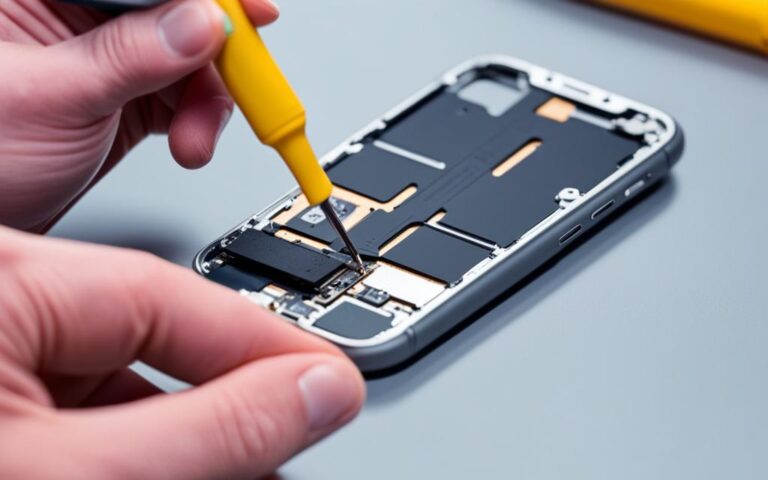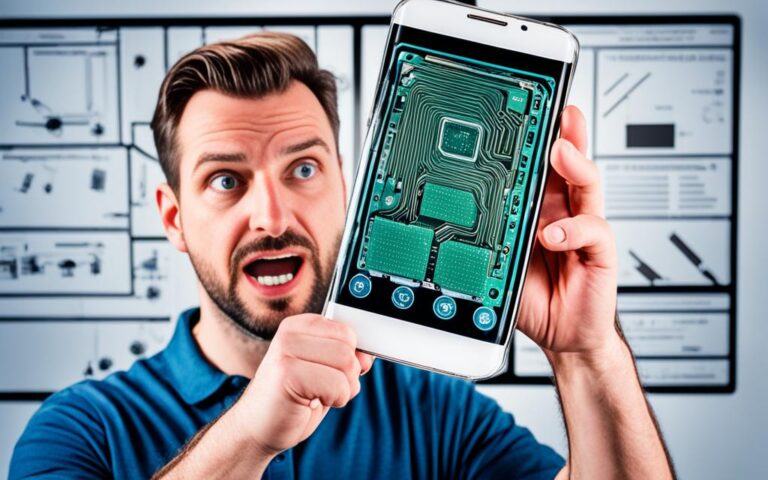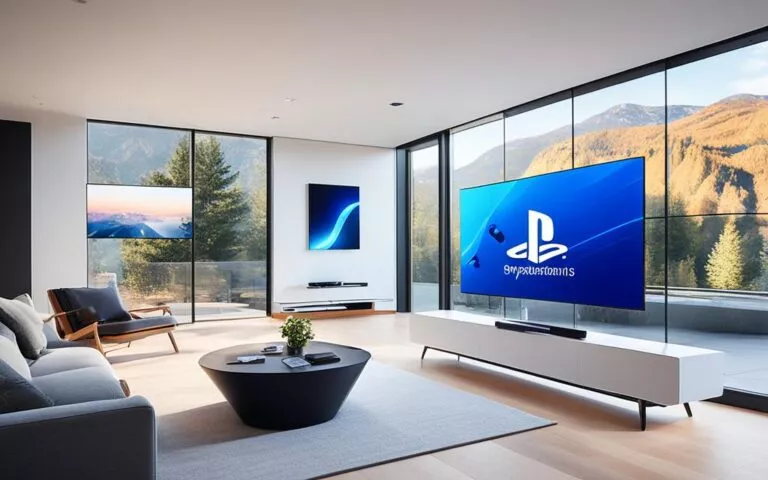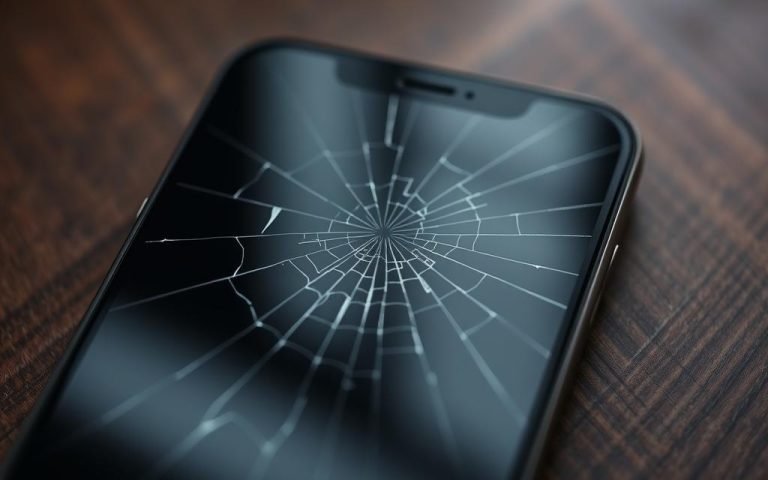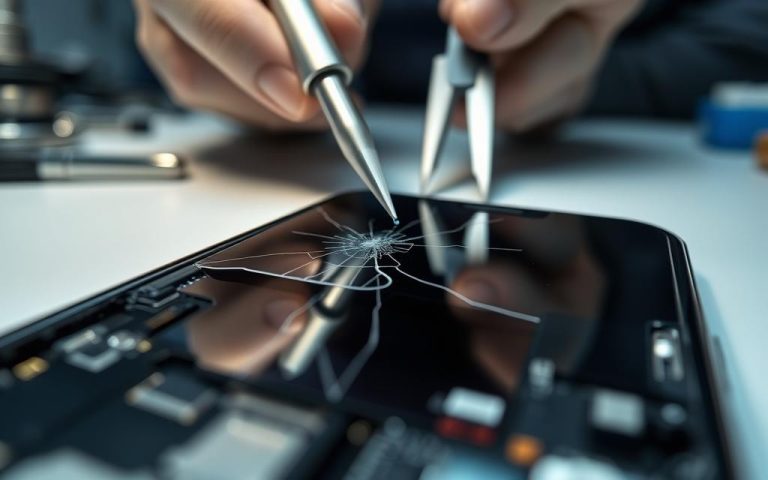How to Deal with iPhone Screen Discoloration and Dead Pixels
When it comes to our beloved iPhones, nothing is more frustrating than encountering screen issues. Whether it’s screen discoloration or dead pixels, these problems can significantly impact our user experience. But fear not! In this article, we’ll explore effective methods to resolve these screen issues and restore the clarity of your iPhone display.
Let’s start by understanding what dead pixels are. Dead pixels are stubborn culprits that remain a single color and don’t change, regardless of what’s displayed on the screen. They appear as tiny black or white spots that can disrupt your screen’s seamless visual quality. Additionally, sometimes the pixels adjacent to dead pixels can become stuck as well.
So, how can you fix these dead pixels and restore your screen’s vibrancy? One approach is to gently apply pressure to the area with an eraser or a similar object. This slight pressure can sometimes revive the inactive pixels and resolve the issue. If this method doesn’t work, you can try using specialized apps available on the App Store. These apps flash bright colors on a loop, stimulating the pixels and attempting to fix the problem.
Now that we’ve covered dead pixels, let’s move on to another common screen issue: screen discoloration. Screen discoloration arises when your screen displays abnormal hues or tints instead of accurate colors. This can interfere with your viewing experience, making it difficult to enjoy your favorite content.
To restore screen clarity and eliminate discoloration, it’s crucial to identify the cause. Screen discoloration can be due to various factors, such as incorrect color calibration or software glitches. By adjusting the color settings or updating your device to the latest software version, you may be able to resolve the issue.
However, if adjusting settings and updating the software doesn’t solve the problem, you may need to consider seeking professional help. Apple stores offer screen replacement services, although it’s worth checking whether your device is still under warranty. If it is, taking the device to an authorized service center would be the best course of action, as it may minimize costs and ensure a valid warranty remains intact.
In conclusion, dealing with iPhone screen discoloration and dead pixels can be a frustrating experience. However, with the right methods and tools at your disposal, you can potentially resolve these issues and restore the vibrancy of your iPhone display. Remember to proceed with caution and seek professional help if the DIY methods fail. By taking care of your iPhone and preventing accidents, you can also minimize the chances of encountering screen issues in the future.
What Are Stuck Pixels and How to Spot Them
Stuck pixels are a common issue that can occur on LCD screens, including iPhone displays. A stuck pixel occurs when a single pixel remains in one color and doesn’t move, sometimes flickering. Instead of displaying the intended colors, stuck pixels display a specific color consistently, even when the rest of the screen changes.
To identify stuck pixels, look for small dots of a particular color that persist in the same spot regardless of the displayed content. These dots can be red, green, blue, or any other color. Stuck pixels receive incomplete information, causing them to display only one of the three primary colors (red, green, or blue) instead of a full range of pixel colors.
As you can see in the image above, the stuck pixels appear as distinct color dots that disrupt the overall display quality.
In some cases, stuck pixels can resolve themselves over time, especially if they are caused by temporary issues. However, if you notice stuck pixels on your iPhone screen, it’s recommended to take action to fix them and restore your screen’s optimal clarity.
“Stuck pixels are a common issue that can affect the viewing experience on LCD screens. Identifying stuck pixels and understanding how they differ from dead pixels is crucial to resolving screen issues.”
What Are Dead Pixels and How to Spot Them
Dead pixels are an issue that can affect digital displays, including iPhone screens. These pixels remain unlit, appearing as tiny black or white spots on the screen. Unlike stuck pixels, which may flicker or display incorrect colors, dead pixels are completely inactive and do not emit any light or color. They essentially remain “dead” throughout the device’s usage.
To identify dead pixels, there are a few characteristics to look for:
- Appearance: Dead pixels often have a rectangular shape, distinguished from the surrounding pixels. They can appear as small black or white spots on the screen.
- Consistency: Dead pixels do not change or move, regardless of the content displayed on the screen. They remain static and do not respond to any actions taken on the device.
When you turn on your device and notice these unlit pixels, you can be reasonably sure that they are dead pixels. It’s important to differentiate them from stuck pixels, which may exhibit similar-looking spots on the screen but behave differently.
On the screen, dead pixels can be visually disruptive and affect the overall display quality. However, it’s reassuring to know that there are methods available to fix or mitigate the impact of dead pixels on your iPhone.
One popular method for addressing dead pixels is to use specialized software or apps designed to repair or conceal them. These programs usually cycle through colors rapidly, attempting to stimulate the affected pixels and restore their functionality. This approach is often referred to as a “dead pixel fix” technique.
However, it’s essential to note that dead pixel fix methods do not always guarantee a complete resolution. In some cases, the dead pixels may persist despite attempted repairs. If the dead pixels significantly impact your screen’s usability or become a source of frustration, seeking professional help from authorized service centers may be the best course of action.
Example:
“The dead pixels on my iPhone screen were quite bothersome, but I managed to use a dead pixel fix app recommended by a friend. Although it didn’t completely eliminate all the dead pixels, it did reduce their visibility significantly. I’m now considering reaching out to the Apple store for further assistance.” – Emma Brown, iPhone user
Spotting and acknowledging dead pixels is the first step in effectively addressing any screen issues. By identifying them correctly, you can explore appropriate solutions to restore the screen’s clarity and optimize your iPhone’s display.
How to Test for Stuck vs. Dead Pixels
When dealing with screen issues, it’s important to distinguish between stuck and dead pixels. Testing for these pixel abnormalities can help determine the appropriate fix. Here are several methods you can use to test for stuck and dead pixels on your screen:
1. Camera Test
One method involves using a camera to detect small dots in the same place while pointing the lens at something bright. Here’s how you can conduct a camera test:
- Find a bright image or a blank white screen.
- Use your camera to take a close-up photo of the screen.
- Zoom in on the image on your camera’s display.
- Look for any small dots that appear in the same location across multiple photos.
This camera test helps identify stuck pixels as they remain in one color and do not change position when the camera moves.
2. Computer Examination
Another method is taking photos with different colors and patterns and carefully examining them on a computer at 100% view size. Follow these steps to conduct a computer examination:
- Take a series of photos of your screen using various colors and patterns.
- Transfer the photos to your computer.
- Open the photos on your computer at 100% view size.
- Carefully examine each photo for any pixels that appear as small dots in a single color.
This method allows you to spot stuck pixels that may not be visible to the naked eye but are detectable at a higher magnification on a computer screen.
3. Specialized Programs and Online Tools
In addition to manual methods, there are specialized programs and online tools available for testing and fixing stuck and dead pixels. These tools can help expedite the testing process and provide detailed reports on the condition of your screen. Some popular tools include:
- Pixel Repair
- Dead Pixel Buddy
- JScreenFix
These tools offer checker tools and different test patterns to help identify and fix stuck and dead pixels efficiently.
Tip: When using specialized programs or online tools, be sure to follow the instructions carefully and use reputable sources to ensure the safety and effectiveness of the pixel-fixing process.
Now that you know how to test for stuck and dead pixels, you can accurately diagnose any pixel abnormalities on your screen and take the necessary steps to resolve them.
| Method | Advantages | Disadvantages |
|---|---|---|
| Camera Test | – Simple and immediate – Can be done with a smartphone or digital camera | – Requires a bright image or a blank white screen – Limited detection capabilities |
| Computer Examination | – Higher magnification for more accurate detection – Can capture subtle stuck pixels | – Requires transferring photos to a computer – Time-consuming process |
| Specialized Programs and Online Tools | – Quick and automated testing – Provides detailed reports | – Requires downloading or accessing external software or tools – Relies on the accuracy and reliability of the chosen program or tool |
Methods to Fix Stuck Pixels and Dead Pixels
When it comes to dealing with stuck and dead pixels on your device’s screen, there are several methods you can try to resolve the issue. Whether you prefer a hands-on approach or rely on specialized software, here are some effective techniques to fix stuck pixels and dead pixels.
Giving Your Device a Rest
One method to potentially fix stuck pixels is to give your device a rest for 24 hours. Sometimes, pixels can become stuck due to prolonged use or overheating. Allowing your device to rest and cool down may help the stuck pixels release on their own. Simply turn off your device and give it a break before turning it back on to see if the issue persists.
Using Pixel-Fixing Software
Pixel-fixing software can be a handy tool to try and release stuck pixels. These programs work by cycling through different colors rapidly, which can help stimulate the stuck pixels and encourage them to return to their normal function. There are various pixel-fixing software options available, both free and paid, that you can download and install on your device from reputable sources.
To use pixel-fixing software, follow the provided instructions, usually involving running the program and selecting the specific display area where the stuck pixels are located. The software will then display a series of color patterns and cycles to help fix the stuck pixels. It’s important to note that the success of this method may vary depending on the severity of the stuck pixels and the quality of the software used.
Manual Fixing Methods
If you prefer a more hands-on approach, there are manual fixing methods you can try to address stuck and dead pixels. One method is to gently apply pressure to the affected area using a soft cloth or your finger. The pressure can sometimes help realign the stuck or dead pixels and restore their proper function. However, it’s crucial to exercise caution and avoid applying excessive force or using sharp objects that could damage the screen.
In addition to manual pressure, some users have reported success in fixing stuck and dead pixels by using specialized tools. For example, there are small suction cups designed specifically for pixel fixing that can create suction and release pressure on the stuck or dead pixels. These tools are typically available for purchase online or at electronic stores and come with instructions on how to use them properly.
Remember to always follow the recommended guidelines and proceed with caution when attempting to manually fix stuck and dead pixels. If you are unsure or uncomfortable with the process, it’s best to consult a professional technician or seek assistance from the device manufacturer.
Fixing stuck and dead pixels on your device’s screen can be a frustrating task. However, with the right methods and approach, you have a good chance of resolving these issues and restoring the clarity of your display. Whether you choose to give your device a rest, utilize pixel-fixing software, or opt for manual fixing methods, it’s essential to approach the process with care and avoid causing further damage.
Stay tuned for the next section, where we will discuss when it’s necessary to seek professional help for screen issues and explore the options available for screen repair and replacement.
When to Seek Professional Help for Screen Issues
If all the DIY methods fail to fix screen issues, it may be necessary to seek professional screen repair or replacement. Apple stores offer screen replacement services, although they can be quite expensive. It’s important to check if the device is still under warranty and the warranty conditions regarding pixel defects. If the warranty is still valid, it may be best to take the device to an authorized service center for repair.
In some cases, screen damage such as dead pixels or screen discoloration may require the expertise of a professional. Professional screen repair technicians have the knowledge and experience to diagnose and fix complex issues that DIY methods may not be able to resolve. They have access to specialized tools and equipment that can accurately assess and address screen problems.
Screen replacement may be necessary if the damage is severe or if other repair attempts have been unsuccessful. Professional technicians can carefully remove the damaged screen and replace it with a brand-new one, ensuring that the device functions properly again.
It’s important to keep in mind that professional screen repair or replacement services may come with a cost. Apple stores and authorized service centers typically charge for their services, and the cost may vary depending on the type of device and the extent of the damage. However, opting for professional help can provide peace of mind knowing that the repair will be done by trained professionals using genuine parts.
If your device is still under warranty, it’s advisable to check the warranty conditions regarding screen defects. Some warranties cover screen damage and offer free or discounted repair or replacement services for eligible devices. Before seeking professional help, it’s worth determining if your warranty can help cover the expenses.
An authorized service center is the best place to seek professional help for screen issues. These centers have the necessary expertise and authorized access to iPhone replacement parts, ensuring that your device is in good hands. They can provide a comprehensive assessment of the screen problem and offer the most suitable solutions based on the device’s model and warranty status.
To summarize, if DIY methods fail to fix screen issues such as dead pixels or screen discoloration, it’s recommended to consider professional screen repair or replacement. Apple stores and authorized service centers can provide the necessary expertise, tools, and genuine parts to diagnose and resolve complex screen problems. Check your device’s warranty conditions and consider authorized service centers for the best professional assistance.
Conclusion
Dealing with iPhone screen discoloration and dead pixels can be frustrating, but there are several methods available to fix these issues. Whether you opt for manual methods or specialized software, it is possible to restore vibrant display clarity and resolve dead pixels.
However, it is important to proceed with caution. If your DIY methods fail to fix the screen issues, it may be necessary to seek professional help. Consider taking your iPhone to an authorized service center or consulting an expert who can provide an effective solution.
Additionally, taking care of your iPhone and avoiding accidents can help prevent screen issues in the future. Handle your device with care, avoid exposing it to extreme temperatures, and use a protective case to minimize the risk of damage.
By following these recommendations and utilizing the appropriate methods, you can restore the visual quality of your iPhone’s screen and ensure a seamless user experience.
FAQ
How can I fix iPhone screen discoloration and dead pixels?
To restore screen clarity and resolve dead pixels, you can try gently applying pressure to the area with an eraser or a similar object. If this doesn’t work, you can use specialized apps from the App Store that flash bright colors on a loop to fix the pixels.
What are stuck pixels and how can I spot them?
Stuck pixels are pixels that remain in one color and don’t move, sometimes flickering. They can be identified as dots of a particular color in the same place. A camera LCD test, where you point the camera lens at something bright, can help you spot stuck pixels.
What are dead pixels and how can I spot them?
Dead pixels are unlit pixels on a digital display that appear as tiny black or white spots. They don’t display any color or light. Dead pixels can be distinguished from stuck pixels by their appearance and behavior, as they are completely inactive. You can spot dead pixels by carefully examining photos taken with different colors and patterns on a computer at 100% view size.
How can I test for stuck vs. dead pixels?
There are several methods to test for stuck and dead pixels. You can use checker tools or specialized programs to perform pixel tests. Another method is using a camera to detect small dots in the same place while pointing the lens at something bright. Online tools are also available for testing and fixing stuck and dead pixels.
What methods can I use to fix stuck pixels and dead pixels?
To fix stuck pixels, you can give the device a rest for 24 hours, allowing the pixels to potentially fix themselves. You can also use pixel-fixing software that cycles through colors to try and release stuck pixels. Manual fixing methods involve directly impacting the pixels with your hand or combining manual methods with specialized tools.
When should I seek professional help for screen issues?
If all DIY methods fail to fix screen issues, it may be necessary to seek professional screen repair or replacement. Apple stores offer screen replacement services, although they can be quite expensive. It’s important to check if the device is still under warranty and the warranty conditions regarding pixel defects. If the warranty is still valid, it may be best to take the device to an authorized service center for repair.
